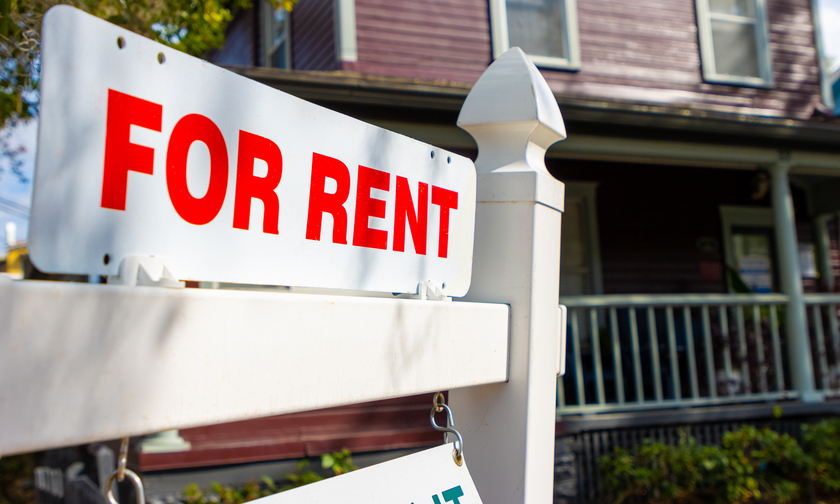How to Set the Right Rent for Your Investment Property

(Disclaimer: The content of this article is not intended as financial or investment advice but rather information for educational purposes only.)
Setting the right rent for your investment property is essential for attracting quality tenants and maximizing your investment returns. However, setting the right rate for your rental property is easier said than done. You need to consider many factors, including expenses, legal requirements, and the rental market itself.
Why Setting the Right Rent is Essential
Setting the best rent price for your investment property can make or break your success. The right rate for you is more than just charging the highest amount possible or setting a rent rate that is too competitive to fill vacancies. A rent that is too low may result in missed revenue opportunities, while a rent that is too high may lead to more extended vacancies or difficulty attracting quality tenants.
Prices that are too high will discourage many quality tenants who could choose rentals with more competitive rates. The tenants you do have may not renew, leaving you with an empty property while you try to find new ones.
The right rent helps attract reliable tenants willing to pay for the value the property provides. Quality tenants are more likely to pay rent on time, take care of the property, and stay longer, reducing turnover costs and vacancy rates.
Things to Consider When Setting Rent:
Your Property’s Value Points
You can make your property more attractive in multiple ways.
Even simple renovations, such as adding fresh paint, updating appliances, or adding modern fixtures, can make your property more appealing to potential tenants. Creating a nice outdoor space with landscaping can also give your rental a competitive edge.
Plus, if your property has or is near a pool or gym, or if it’s in a desirable location like one in a good school district or near a popular shopping area, highlight that in any advertisements you place.
Location can easily be one of your best selling points.
The Rental Market
Conducting a thorough market analysis is the cornerstone of setting the right rental price. Tools such as IRA Title Pro’s Single-Family Rental Report provide valuable data on rental prices and market trends.
When comparing your rental to others in the area, consider location, neighborhood amenities, property size, and condition.
Additionally, consider the demand-supply dynamics in your local rental market. Are there more tenants than available properties? Or is there an oversupply of rental units? Understanding your market like this can help you set the right rent for your property.
Maintenance and Other Expenses
Ensuring that the rental income covers expenses such as repairs, property taxes, insurance, and utilities is essential.
One way to approach this is by calculating the property’s operating expenses, including fixed and variable costs, and ensuring that the rental income is higher than these expenses to generate a positive cash flow. This is a crucial step for long-term financial success in the rental market.
Compliance with Rental Laws and Regulations
Before setting rent and implementing any increases, familiarize yourself with local rent control laws, eviction procedures, and fair housing regulations. Consult with legal experts if needed to ensure that your rental practices comply with applicable laws and regulations.
Failure to do so can result in tenant disputes or even legal consequences.
Strategies for Setting the Right Rent
The 2% rule
The 2% rule is a strategy used by some real estate investors to estimate the income potential of an investment property. It suggests that a property’s monthly rent should ideally be around 2% of its total purchase price. This rule helps investors quickly assess whether a property could generate enough rental income relative to its purchase price.
While the 2% rule can provide a rough estimate of a property’s income potential, other factors such as location, market conditions, expenses, and financing options should be considered when making investment decisions. Ultimately, investors should use the 2% rule as one of several tools when determining the right rental rate.
IRA Title Pro’s Single-Family Rental Report
The Single-Family Rental Report offers valuable insights into the rental market for single-family properties. This report collects data and trends related to rental prices, vacancy rates, and market conditions, providing landlords and investors with crucial information to make informed decisions. By analyzing this data, landlords can better understand market dynamics in their target areas, helping them set the right rent, identify investment opportunities, and optimize their rental income.
The Single-Family Rental Report can also be a benchmarking tool, allowing landlords to compare their property’s performance against broader market trends. This information empowers landlords to adapt their strategies, such as adjusting rental prices or targeting specific neighborhoods, to stay competitive in the rental market.
Adaptability to Market Dynamics
Finally, remain flexible and adaptable when setting rent, especially in dynamic rental markets. Monitor market trends, tenant feedback, and economic conditions to adjust your rental price accordingly. Being responsive to changes in the rental market can help you stay competitive and maximize your property’s income potential over time.
Conduct regular rent reviews to assess whether your rental income aligns with current market conditions and property value. If necessary, be prepared to adjust your rental price to reflect changes in demand, supply, or property improvements.
Conclusion
Mastering the art of rental property pricing requires a comprehensive approach that considers amenities, market dynamics, expenses, legal compliance, and strategic pricing strategies. By taking into account both their needs and their value propositions, landlords can optimize their rental pricing strategy and achieve sustained success in the rental market.
